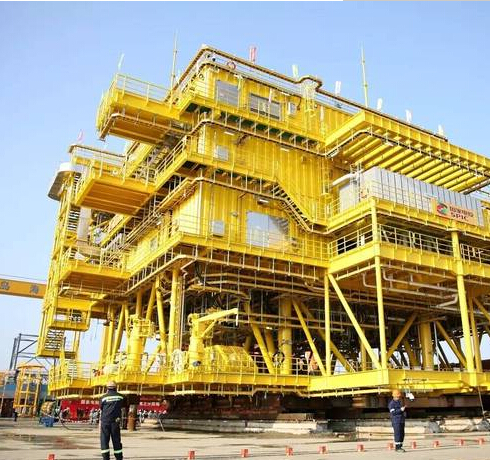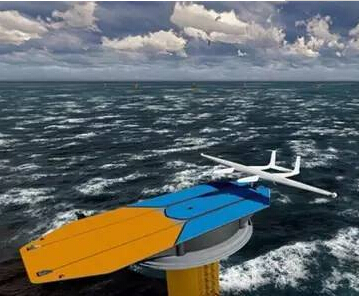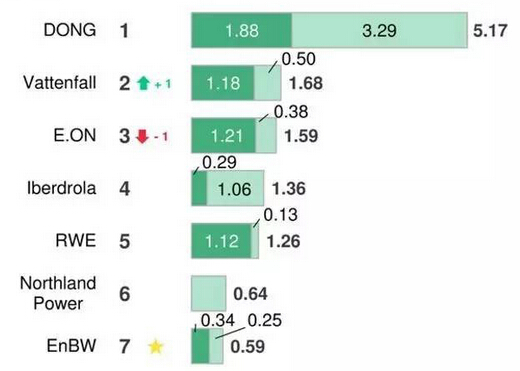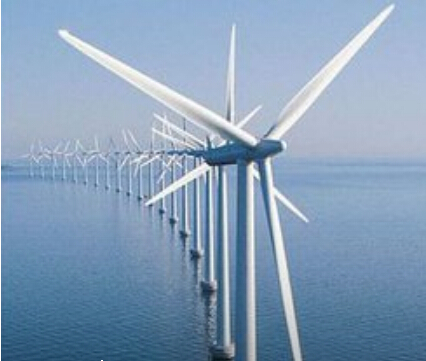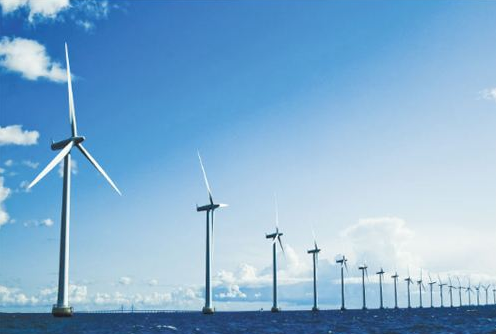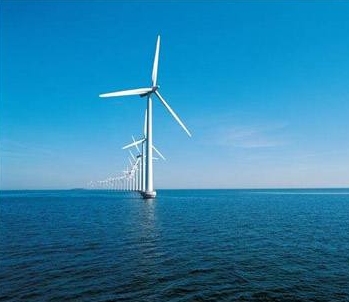Offshore wind power consumption advantage
"As of the end of May this year, China's offshore wind power grid-connected installed capacity exceeded 2.5 million kilowatts, especially in January-May this year, the grid-connected installed capacity is close to 500,000 kilowatts. It is expected that offshore wind power will be put into operation more than 1 million kilowatts this year." First, the offshore wind power projects in nine of the 11 coastal provinces and cities have been approved by the National Energy Administration, with a cumulative approval of about 72 million kilowatts. The development of offshore wind power in Jiangsu, Fujian, Guangdong, Shanghai and other regions is at the forefront of the country.
According to the “13th Five-Year Plan” for wind power, by 2020, the installed capacity of offshore wind power in China will reach 10 million kilowatts, and the grid-connected capacity will reach 5 million kilowatts. "I think this is a scientific and reasonable data. 5 million kilowatts is enough to support a more mature market and form a more mature industrial chain." Su Xinyi said.
In the face of the boom in offshore wind power construction, Su Xinyi said that the prospects for offshore wind power consumption are also very broad.
All along, the economically developed coastal provinces are China's electricity load centers. According to public information, in 2017, the proportion of electricity consumption in the 11 coastal provinces accounted for 53% of the total electricity consumption in the whole country. Guangdong, Shandong, Zhejiang, Jiangsu, and Hebei provinces were ranked among the top electricity consumption rankings in China. Fives.
At the same time, the coastal provinces are not only the center of China's electricity load, but these provinces have maintained a relatively fast load growth. Su Xinyi pointed out that "with the adjustment of economic structure, the conversion of old and new kinetic energy, and the accelerated development of high-end manufacturing, in nine of the 11 coastal provinces in 2017, the growth rate of electricity consumption exceeded the expectations of the '13th Five-Year Plan', especially It is a very fast growth rate of electricity consumption in Zhejiang, Hebei, Guangdong, Jiangsu, and Fujian provinces.
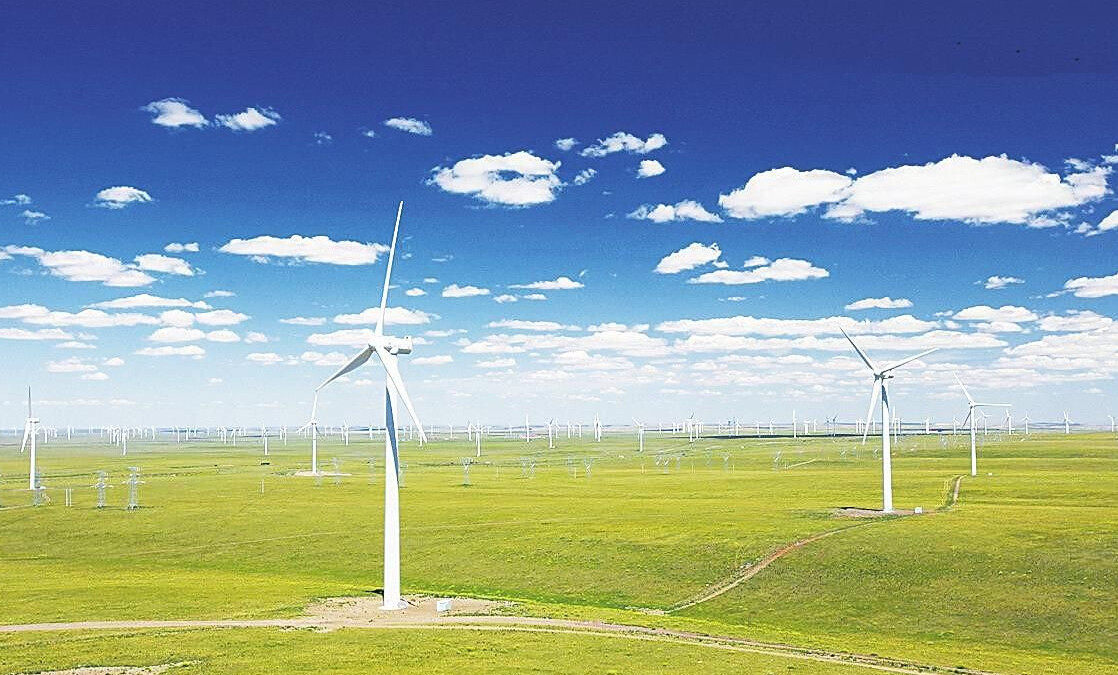
Although the prospect of consumption is broad, it does not mean that there is no problem in offshore wind power consumption.
Su Xinyi pointed out that, first of all, because the economy of the coastal areas is relatively developed, the power grid is relatively dense, and the corridors of the power grids are relatively tight. Therefore, after the offshore wind power is landed, the grid corridor channel needs to be planned in advance.
Secondly, due to the high utilization rate of substation equipment in coastal areas, the location of new substation itself is also problematic. Therefore, Su Xinyi stressed that if offshore wind power develops to a scale of more than 10 million kilowatts in a province, it may face the problem of adjusting the wind. The reason why he made the above judgment is two reasons. First, the eastern coastal areas need to receive a large amount of external power from the west to the east, and these powers often do not participate in the regulation of the wind, and instead need to be regulated by the wind, it will increase the pressure on the end of the wind.
It is understood that in 2017, the power flow of China's West-East Power Transmission is about 225 million kilowatts. Among them, a large number of current delivery channels are in the coastal areas. According to the “13th Five-Year Plan”, the power flow from west to east will reach 270 million kilowatts. From the perspective of load, these coastal areas will further increase the peak-to-valley difference with the economic development, and the pressure of peak-shaving will be relatively large.
Second, Su Xinyi pointed out that the competitive pressure of offshore wind power also comes from nuclear power, because the coastal areas are the key areas for nuclear power development. Nuclear power is actually an important power source for China to achieve non-fossil energy development goals. The “13th Five-Year Plan” proposes that nuclear power installed capacity will reach 58 million kilowatts in 2020, “new industries like Guangdong, Fujian, Zhejiang, Jiangsu, and Liaoning. The scale of nuclear power production is relatively large. For safety reasons, nuclear power does not participate in peak shaving, and it may also crowd out the space for offshore wind power consumption." Su Xin speculated.
He emphasized that the middle and late "13th Five-Year Plan" will be an important strategic window for China's offshore wind power development. During this period, we must implement scale development, promote technological progress, accelerate the reduction of construction and operation costs, and try to get rid of the dependence on financial subsidies. "At present, the country proposes that onshore wind power should achieve parity online access in 2020, and offshore wind power should strive to achieve parity online before the '14th Five-Year Plan.'
In order to achieve this goal, he suggested that, first of all, offshore wind power should pay attention to high-quality development, not only to the scale of development, to avoid the emergence of large-scale, and thus lead to quality problems. Secondly, at the same time of offshore wind power development, we will do a good job in grid consumption planning. “Offshore wind power will gradually become the mainstay of China's energy supply. In the future, while large-scale development of offshore wind power, we must do a good job of grid transmission and market consumption. The unified planning, while recommending the industry to continue to pay attention to multi-terminal flexible DC network, wind power hydrogen production, the use of wind power desalinated seawater, electricity storage and other new technologies."
















 RCCN WeChat QrCode
RCCN WeChat QrCode Mobile WebSite
Mobile WebSite